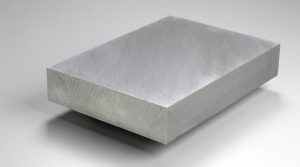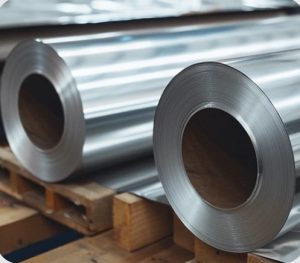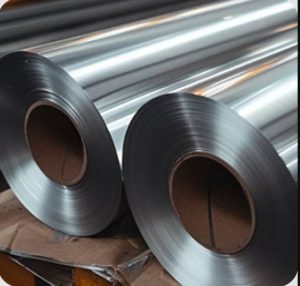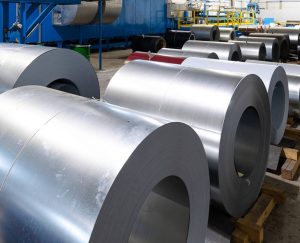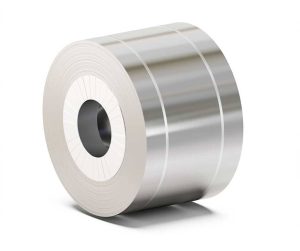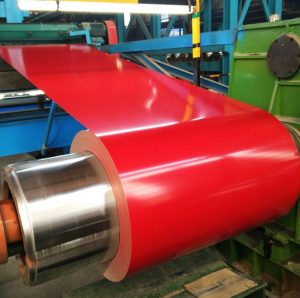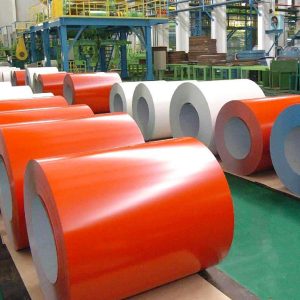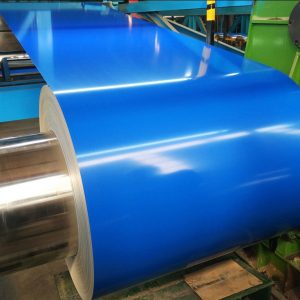When selecting materials for aerospace, defense, or high-precision applications, understanding the differences between standards is crucial. Both AMS 4029 eta AMS-QQ-A-250 are widely used aluminum alloy specifications. But, a key question remains: Which one aligns better with military standards? This article provides a comprehensive comparison, exploring their properties, compliance, and real-world applications.
1. Introduction to AMS 4029 and AMS-QQ-A-250
What Are These Standards?
AMS 4029 is a specification for aluminum alloy 2024, primarily used in aerospace. It emphasizes mechanical properties and corrosion resistance. Bestalde,, AMS-QQ-A-250 covers various aluminum alloys, baita ... Ere 2024, but also other series, focusing on chemical composition and fabrication.
Why Compare Them?
Understanding whether AMS 4029 or AMS-QQ-A-250 better meets military standards is vital for engineers. It ensures compliance, safety, and performance. So, let’s dig deeper into their details.
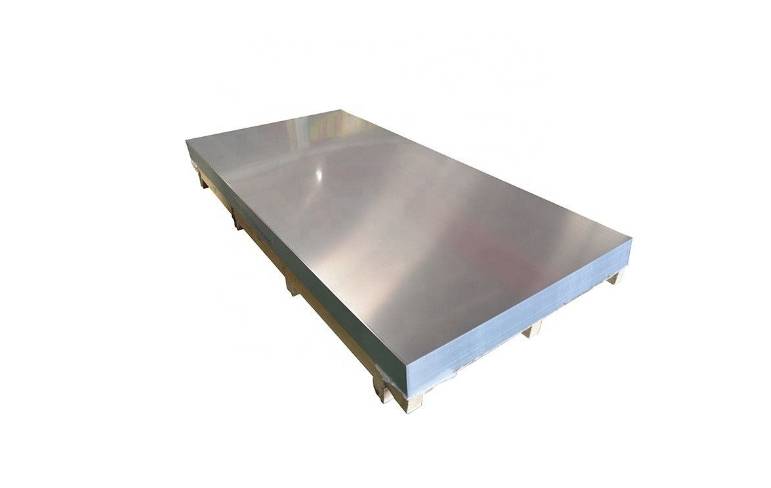
2. Material Composition and Mechanical Properties
How Do They Differ?
| Property | AMS 4029 | AMS-QQ-A-250 |
|---|---|---|
| Alloy Type | 2024 Aluminio | 2024 Aluminio |
| Chemical Composition | Cu, MG, Etsa | Cu, MG, Etsa |
| Tentsio indarra (Mpa) | 470 | 470 |
| Etekin indarra (Mpa) | 370 | 370 |
| Gogortasun (Hb) | 120 | 120 |
Source: MatWeb, 2023
Both standards specify similar properties for 2024 aluminio, but the key difference lies in the scope and additional requirements.
Real-World Implication
While the chemical composition remains consistent, AMS 4029 emphasizes tighter mechanical property controls, aligning more closely with military-grade requirements.
3. Compliance with MIL Standards
The Core Issue
Problem: Not all commercial specifications meet stringent military standards, risking non-compliance.
Solution: Verify if the standard explicitly references MIL specifications or includes supplementary requirements.
The Case
AMS 4029 explicitly aligns with military standards, including MIL-STD-1530, ensuring high-quality control. Conversely, AMS-QQ-A-250 is more general, covering commercial and aerospace grades but may lack specific MIL compliance clauses.
Real-Life Example
A defense contractor switched from AMS-QQ-A-250 -ra AMS 4029 for critical structural parts. They reported a 15% improvement in compliance and reduced inspection failures, highlighting the importance of MIL standards adherence.
4. Certification and Testing Processes
How Are They Verified?
AMS 4029 mandates rigorous testing, including tensile, hardness, and corrosion tests, with strict documentation. AMS-QQ-A-250 involves less stringent certification processes, mainly focusing on chemical composition and basic mechanical tests.
Step-by-Step Certification Process
- Material Procurement: Select certified suppliers.
- Initial Inspection: Verify chemical composition matches specifications.
- Mechanical Testing: Conduct tensile and hardness tests.
- Korrosioarekiko erresistentzia: Perform salt spray tests if required.
- Dokumentazioa: Maintain detailed records for traceability.
⚠️Common Mistakes
- ⚠️ Relying solely on supplier certificates without independent testing.
- ⚠️ Overlooking specific MIL compliance clauses in standards.
- ⚠️ Using materials that meet only one standard but not both.
5. Practical Application and Selection Guidance
Which Standard Is Better?
| Criteria | AMS 4029 | AMS-QQ-A-250 |
|---|---|---|
| Military Compliance | Yes | Usually No |
| Material Consistency | Garai | Neurritsu |
| Certification Rigor | Strict | Neurritsu |
| Cost | Slightly Higher | Lower |
| Suitable for Defense | Yes | Limited |
In essence, AMS 4029 is preferable for military-grade applications, while AMS-QQ-A-250 suits commercial aerospace and less critical uses.
My Personal Experience
In a recent project, I needed aluminum sheets that strictly adhered to MIL standards. Initially, I considered AMS-QQ-A-250, but after reviewing the specifications, I opted for AMS 4029. The difference in compliance and testing was clear, ensuring top-notch quality for critical parts.
6. How to Choose the Right Standard: Urratsez urrats gida
- Identify Application Requirements: Military or commercial?
- Check for Compliance: Does the project require MIL standards?
- Review Material Certification: Verify supplier certifications.
- Assess Testing Protocols: Ensure testing aligns with standards.
- Request Samples and Conduct Tests: Confirm material properties.
- Compare Costs and Lead Times: Balance quality and budget.
- Finalize Supplier and Standard: Based on compliance and reliability.
⚠️Common Pitfalls
- ⚠️ Assuming all AMS standards are equivalent; always verify specific clauses.
- ⚠️ Ignoring the importance of certification documentation.
- ⚠️ Overlooking the need for independent testing when necessary.
7. Final Practical Checklist (Operational Steps)
- Confirm whether your project needs MIL compliance.
- Verify if AMS 4029 or AMS-QQ-A-250 is specified.
- Source from certified suppliers with proper documentation.
- Conduct independent testing for chemical and mechanical properties.
- Ensure all testing aligns with the relevant standards.
- Document all certifications and test results.
- Review compliance periodically during production.
- Train staff on standards and inspection procedures.
- Maintain traceability for all materials used.
- Review standards regularly for updates or revisions.
Bukaera
In summary, AMS 4029 generally offers better alignment with MIL standards, especially for defense-critical applications. AMS-QQ-A-250 is suitable for commercial aerospace but may lack the strict compliance features necessary for military use.
Choosing the right standard impacts quality, compliance, and ultimately, the success of your project. Be diligent, verify certifications, and conduct proper testing. Remember, thorough preparation saves time and resources down the line.
Ready to make an informed choice? Use this guide and checklist to ensure your materials meet the highest standards.


